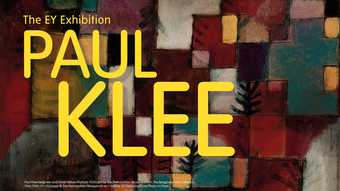Frau Professor Klee generously lent from her collection the majority of the pictures in this exhibition.
The painter Paul Klee was born on 18 December 1879 in the little village of Münchenbuchsee near Berne.
Thanks to his mother and father, he was brought up in a stimulating intellectual and spiritual atmosphere, and music, philosophy and painting become his chief interests.
From the autumn of 1898 to the summer of 1901 Klee studied at the Munich Academy; between 1901 and 1906 he was at various times in Berne, Paris and Rome, seeking to free his art form the chains of naturalism. In these early days Klee found no understanding for his work but was not deterred from following his own line.
The end of the war marked the beginning of his rise to fame: in 1920 he was called to the Bauhaus in Weimar, in 1926 he moved with the Bauhaus to Dessau, and in 1932 he was appointed Professor at the Academy of art at Düsseldorf.
In 1933 came Klee’s bitterest disappointment of all; he was quick to grasp the full significance of the policy which Germany had decided to follow, resigned his appointment, abandoned Düsseldorf and returned to Berne.
In the spring of 1940, at one of the worst moments in the course of events in Europe, he withdrew to Muralto near Locarno where, on June 29, he died after a heart attack.
Rolf Bürgi


